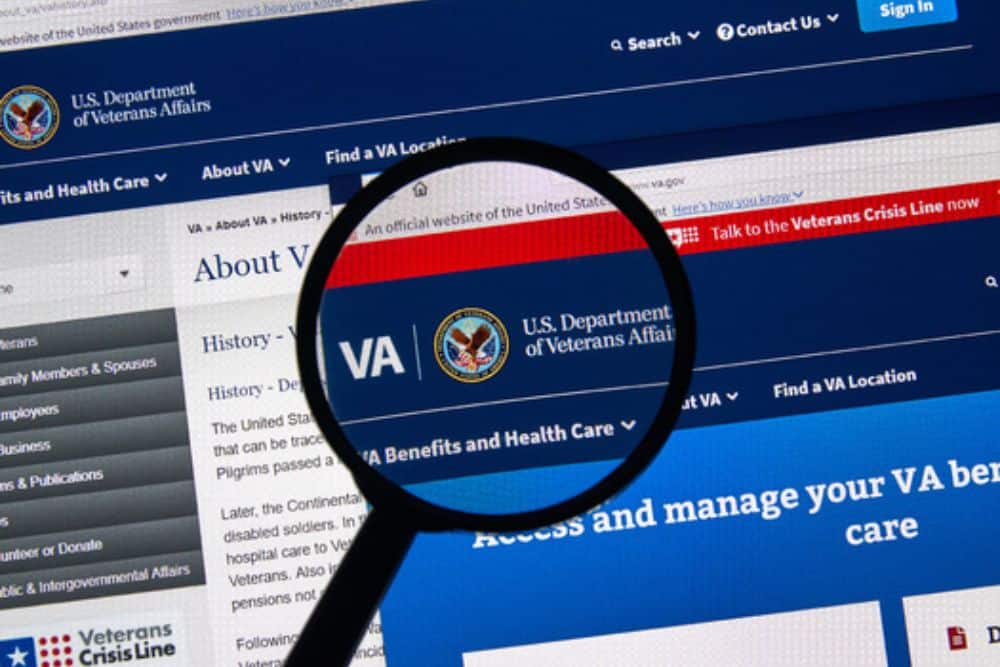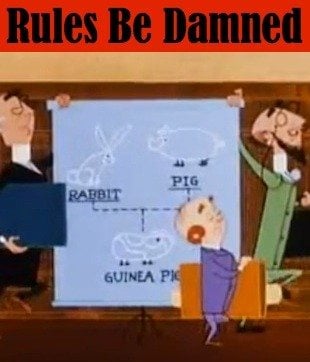How the VA is Addressing Toxic Exposure Claims: A Comprehensive Overview
In a landmark move last year, the U.S. Department of Veterans Affairs (VA) ushered in a new era of support for veterans grappling with the debilitating aftermath of toxic exposures during their service. This historic legislation, known as the Honoring our PACT Act (Public Law 117–168), has transformed the lives of over a quarter of a million veterans and their survivors. With an impressive 80% approval rate, it has provided much-needed relief and recognition to those affected by burn pits, Agent Orange, and other hazardous substances encountered during their military duty.
Expanding the Presumptive Conditions
Since its enactment in August, the Honoring our PACT Act has significantly broadened the list of presumptive conditions that the VA recognizes as linked to military service. This pivotal change means that veterans who served in eligible countries no longer need to prove that their illnesses are directly connected to their service. The VA has proactively conducted over 3 million toxic-exposure screenings and efficiently processed claims, streamlining the support veterans receive.
Advocacy that Made a Difference
It’s important to note that the VA only establishes presumptive conditions following a change in law or policy. Thus, the advocacy efforts behind the PACT Act, led by organizations like the Disabled American Veterans (DAV), played an instrumental role in bringing about this positive change. DAV National Legislative Director Joy Ilem emphasized the transformative impact of this expansion, stating, “By lifting the burden of proof off the ailing shoulders of America’s warfighters, our nation is keeping our promise to veterans when they encounter harmful substances in the normal course of their duty.”
Efficiency and Access to Care
Claims related to the PACT Act have shown impressive efficiency, taking an average of 155 days, with nearly half of them processed in less than 125 days. Moreover, this legislation has not only improved access to benefits but has also led to an increase in veterans enrolling in VA health care. From August of the previous year to April of the current year, more than 240,000 veterans have enrolled, marking a substantial rise of 36,000 compared to the same period the previous year.
Securing Future Support
The Honoring our PACT Act is not just about immediate relief; it’s about ensuring the longevity of support for veterans. The legislation establishes a dedicated fund that guarantees adequate backing for VA health care and benefits related to toxic exposures, safeguarding veterans’ well-being in the years to come.
Supporting Veterans Every Step of the Way
DAV, a long-time champion for toxic-exposure legislation, has been at the forefront of advocating for veterans’ rights. They were the first veterans’ charity to bring the issue of burn pits to the public’s attention back in 2008. DAV’s National Service Director Jim Marszalek affirmed their commitment, saying, “Our experts in VA benefits are the best in the business and will always represent you for free, so no matter where you are on your journey to receive justice, you never have to face it alone.”
The Honoring our PACT Act has undeniably set a new standard of support and recognition for veterans affected by toxic exposures. This groundbreaking legislation, driven by dedicated advocacy and a commitment to fulfilling promises to our nation’s heroes, has ushered in a brighter future for those who have selflessly served their country. With streamlined processes, increased enrollment in VA health care, and a dedicated fund for future support, the United States is honoring its commitment to those who have encountered harmful substances during their military service.






The Pact Act falls short with regards to offering Low Dose CT Lung cancer scans to Veterans exposed to known respiratory carcinogens. Low Dose CT can detect lung cancer while it is in stage 1. According to the University of Chicago “70% of stage one lung cancers are curable”.
Most lung cancer is asymptomatic until stage 3 or 4 so its not til after the Veteran receives the death sentence that the presumption of service connection kicks in.
Have they corrected the issue with claims for hypertension